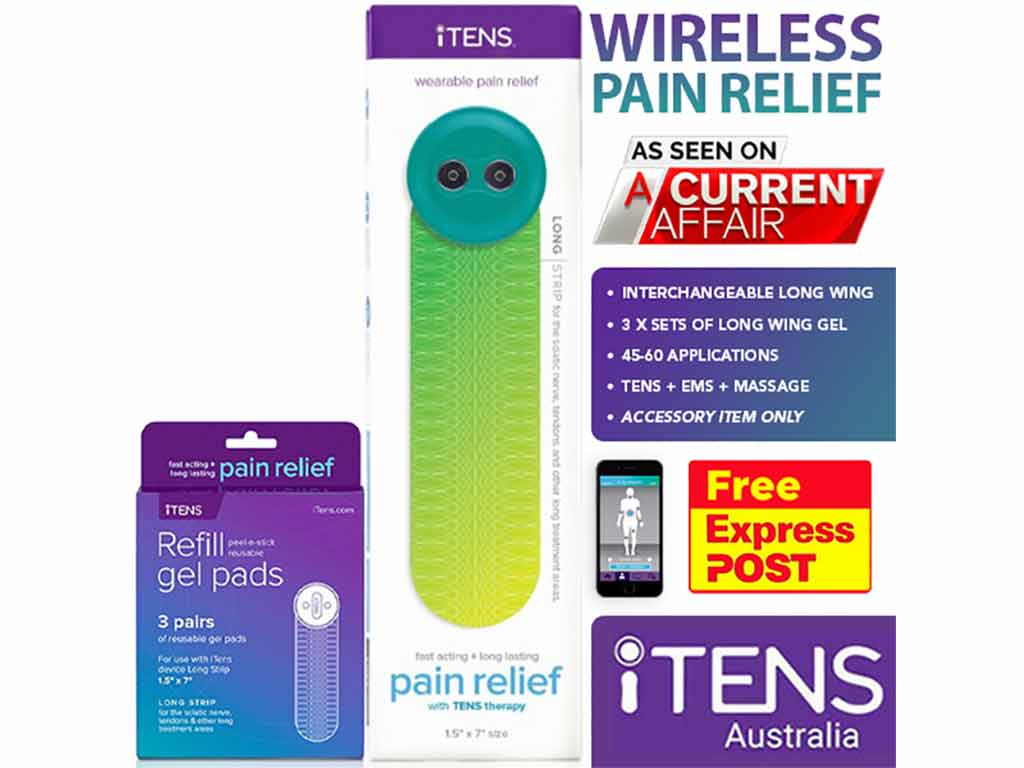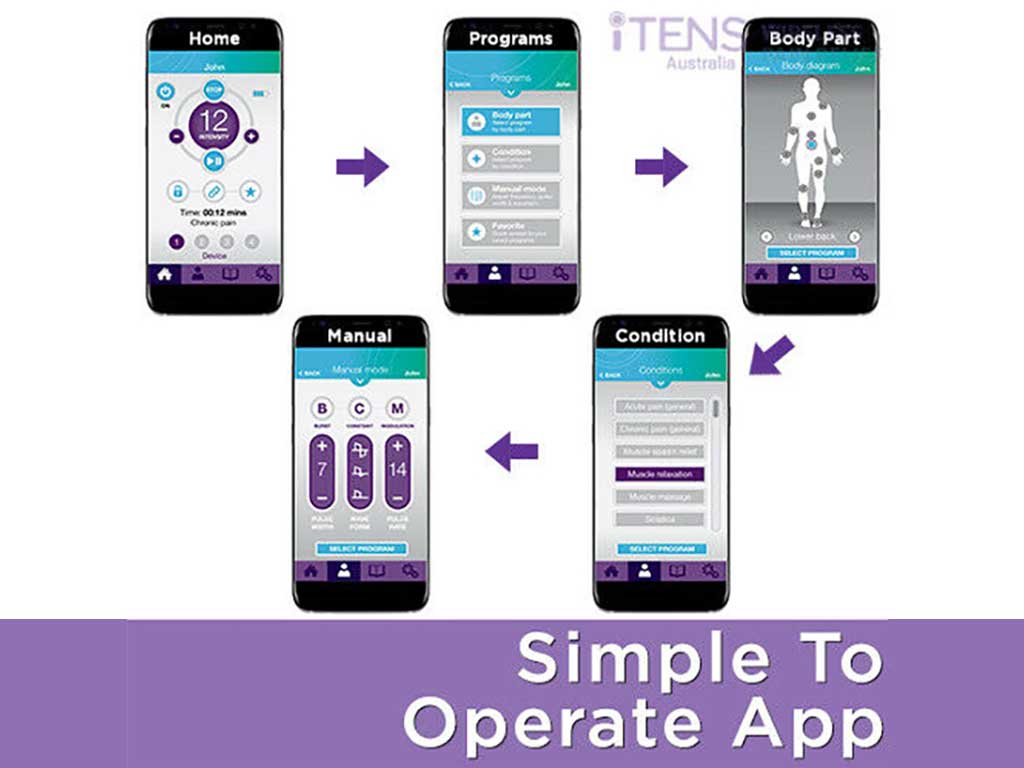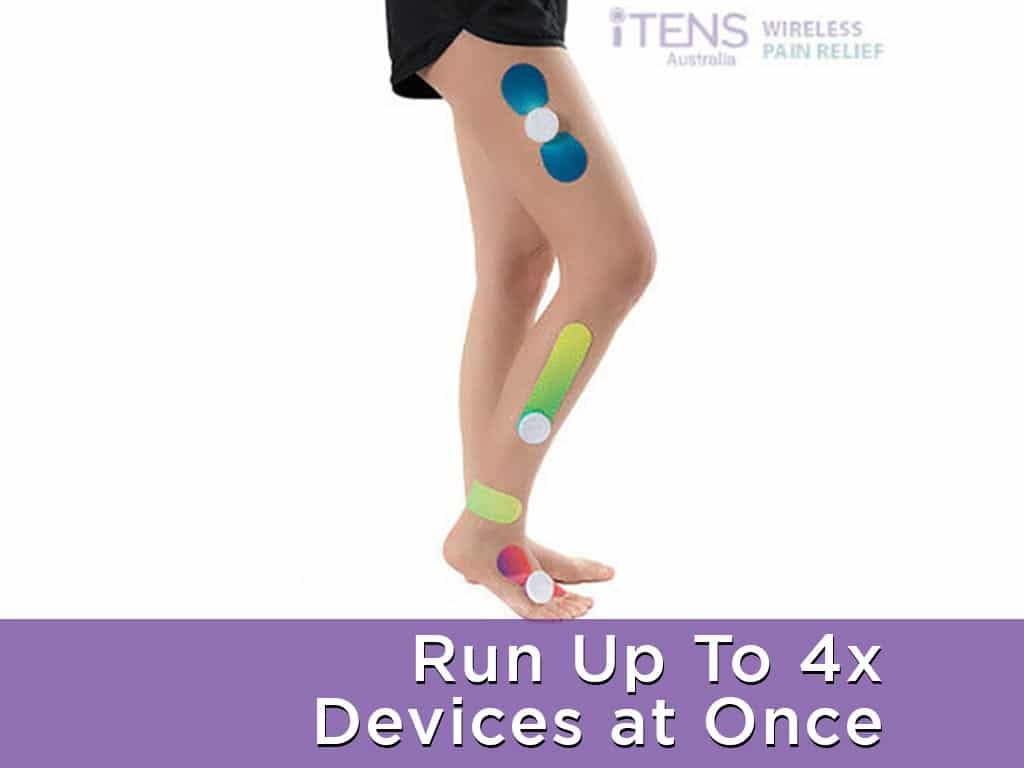
Electrode machines in physical therapy are ideal to help with the rehabilitation process. They allow for speedier recoveries from injuries and aid many patients with different conditions. By using electrotherapy devices, the patient can attain drug-free pain relief. They can also experience muscle stimulation without exercise. However, they are only part of the treatment process and will not provide healing on their own. Transcutaneous Electrical Nerve Stimulation (TENS) and Electrical Muscle Stimulation (EMS) are commonly used electrotherapy devices.
Furthermore, TENS and EMS devices can reduce fatigue, boost energy levels, improve blood flow and circulation, and relax tense muscles. Altogether, it helps patients to do their physical therapy activities pain-free and prevent further injuries by strengthening the muscles that support the body. This article will present some of the electrical stimulation devices used in physical therapy, how they work, and how to use them.
What are the Electrode Machines in Physical Therapy
Using electrode machines in physical therapy is ideal to help the individual accomplish the various tasks in the treatment plan. Medical professionals use these therapies because they are non-invasive and have minimal risks to the patient. Individuals may also use these devices at home, depending on their condition.
TENS and EMS machines allow for increased body mobility, albeit in different ways. TENS machines relieve pain and inflammation, which enables the person to do more activities. These devices have a frequency range of 1-150 Hz and an intensity range of 0-80 mAmp. It works with many kinds of pain caused by underlying conditions. Thus, it is a reliable pain management method.
On the other hand, EMS helps patients with post-stroke complications and paralysis. An EMS machine has a frequency range of 25-400 Hz and an intensity range of 1-120 mAmp. It helps the user improve muscle strength and tone without physical exercise or additional strain on the body. Additionally, athletes use EMS units during warm-ups for workout routines and to recover from injuries faster.
Benefits of Using TENS and EMS
TENS and EMS machines are electrotherapy devices that offer many benefits to their users. These are some of them:
TENS:
- decreases or replaces intake of oral pain medication
- reduces the occurrence and intensity of pain from some health conditions like migraines
- provides targeted pain relief
- can be used up to 4 times daily and does not cause addiction
- relaxes tensed muscles and reduces stress
EMS:
- helps maintain muscle tone
- reduces muscle atrophy, even with muscles that do not get stimulated by exercise
- reduces spasms during cramps
- increases blood flow and reduces inflammation in the target muscles

How Electrode Machines in Physical Therapy Work
TENS and EMS machines are the two common types of electrode machines in physical therapy. However, they serve two different purposes. TENS machines are used to alleviate pain from chronic and acute conditions. They use low-voltage electrical currents to stimulate spinal nerve cells to block pain sensations in high frequencies (50-120 Hz). This process occurs quickly and can relieve pain within 30 minutes, making it suitable for acute pain.
Meanwhile, low frequencies (2-10 Hz) induce the production of painkilling hormones called endorphins. These hormones reduce the pain and inflammation in the area. This process has a slower onset as the hormones take time to build. However, it also lasts hours after the session.
On the other hand, EMS devices use stronger electrical currents compared to TENS machines. This enables the stimulation to penetrate and reach the muscle fibres. There, it causes involuntary muscle contractions that re-train and strengthen the muscles. Furthermore, it reduces muscle atrophy or weakness for people with sedentary lifestyles and health conditions like paralysis.
Proper Placement of Electrode Pads
Proper pad placement is essential to deliver the electrical currents to the right area. The user should avoid placing electrodes in sensitive areas such as the throat, mouth, eyes, top of the head, joints, and bones.
Consulting a healthcare professional is the best way to determine where to place the pads, the duration of the session, and the amount of use appropriate for the condition. The individual can also check the safety guidelines of the machine. Generally, for pain alleviation, place the electrodes near or on the pain area. For muscle strengthening, place the electrodes on the targeted muscle groups.

How to Use Electrode Machines in Physical Therapy
Electrode machines in physical therapy are often used under the supervision of medical professionals. They use wired EMS and TENS machines complementary to other methods like exercise and massage. However, some devices are also suitable for home use. These machines are available without prescriptions and can be purchased online or in pharmacies.
To use, clean the skin with soap and water and dry the area before attaching the electrodes. Additionally, handheld units require set-up to ensure the lead cables connect the controller and electrodes. Next, ensure the adhesives are affixed to the skin. After, turn on the device. It is best to start on the lowest settings and gradually increase the frequency and intensity.
Different devices may offer more advanced settings. Some may have pre-set modes tailored for specific body parts and conditions. Furthermore, limit the sessions to 60 minutes for TENS units and 30 minutes for EMS machines. Afterwards, turn off the machine and then remove the electrodes. Lastly, clean the electrodes and store them in a cool and dry place.
Safety Precautions
The individual should exercise safety precautions before using TENS therapy. They should consult a healthcare professional to ensure that electrotherapy suits their condition. Some risk factors that can cause adverse outcomes are a history of cancer, arrhythmia, and epilepsy. Additionally, those with electrical and metal implants, like pacemakers, should abstain from using TENS. Moreover, pregnant women should refrain from using TENS before labour.
Furthermore, electrotherapy devices should not be used while driving or operating heavy machines. Do not use them while showering or submerged in water. Lastly, do not share electrode pads to avoid infection.
Conclusion
Using electrode machines in physical therapy can be very helpful for the patient. TENS machines allow them to avoid the adverse effects of pain medication, like stomach bleeding, headaches, heartburn, and drowsiness. Meanwhile, an EMS machine can promote muscle growth, increase the speed of muscle healing, and provide cosmetic muscle toning. Together, they can help the patient with other treatment methods in physical therapy like exercise and massage.
Nevertheless, consult a healthcare professional first before using electrotherapy devices. This ensures safety and allows them to tailor the use of these devices to suit the condition. Many wired and wireless options for electrotherapy devices are available for purchase online and in pharmacies. The iTENS from iTENS Australia is a wireless TENS device that uses Bluetooth to control wing-shaped electrodes. The smartphone application has a user-friendly interface and has many pre-set modes tailored for different body parts and conditions.







